The challenges of traditional education models
The centralised education model of the present is no longer sustainable: learning happens increasingly outside the brick-and-mortar lecture halls of schools, colleges, and universities on online platforms, within communities of like-minded individuals,
or by contributing to projects and initiatives in the real-world. Learning is far more international than it used to be: key education players open campuses abroad, while students travel to different countries to improve their employability prospects.
In the networked, digitally empowered world of the 21st century, education providers often do not have remit or in fact the means and capacity to cover the range of activities learners engage with, which demonstrate their achievements, knowledge,
and skills.
The responsibilities behind the degrees
In a typical education scenario, students learn through a number of pedagogical activities and are assessed and receive feedback from teachers. Learning occurs either face-to-face, online, or a mixture of the two, all under the control of an educational institution providing quality, credibility, governance, and administrative functions. While the educational institution issues documentation certifying the achievement of major milestones in a degree (including transcripts), students are responsible for preserving and storing the work they had to carry out for their courses (e.g., essays, lab experiments, designs, software etc.) and the feedback given by the teachers for later use (e.g., to show to potential employers, apply for a study programme, internship, scholarship etc.).
This creates a high overhead for the students, as they need to keep track, organise, and safely archive the relevant information, which often includes many individual pieces of work, stored as different media (e.g., emails, CAD files, pictures, sound, scans etc.), created over months or years of study. At the same time, the recipient of this information (a potential employer, the admissions team of educational institutions etc.) has very limited means to check the evidence submitted or to assess the candidate, as they have little to no context of the relevance of the work carried out to standard qualifications and skills frameworks.
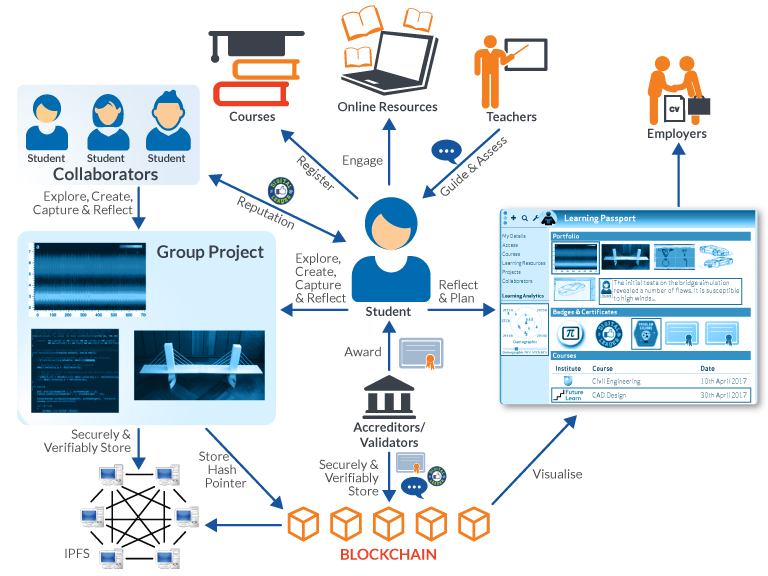 Figure 1: Using Blockchain in Education
Figure 1: Using Blockchain in Education
Blockchain: your new academic portfolio?
As shown in Figure 1, Blockchain-based ePortfolios can address these challenges through the development of an open, decentralised, peer-to-peer platform, in which control of and responsibility for this information flow is radically disintermediated,
away from educational institutions to students and teachers. This will be achieved by using blockchain-based distributed ledgers, a technology that enables the secure and resilient management of distributed data in combination with data analytics
techniques that add scale and flexibility to the way levels of qualifications are defined and granted.
This article is
adapted from an OpenLearn
Create course under a Creative Commons license. Visit the original course.
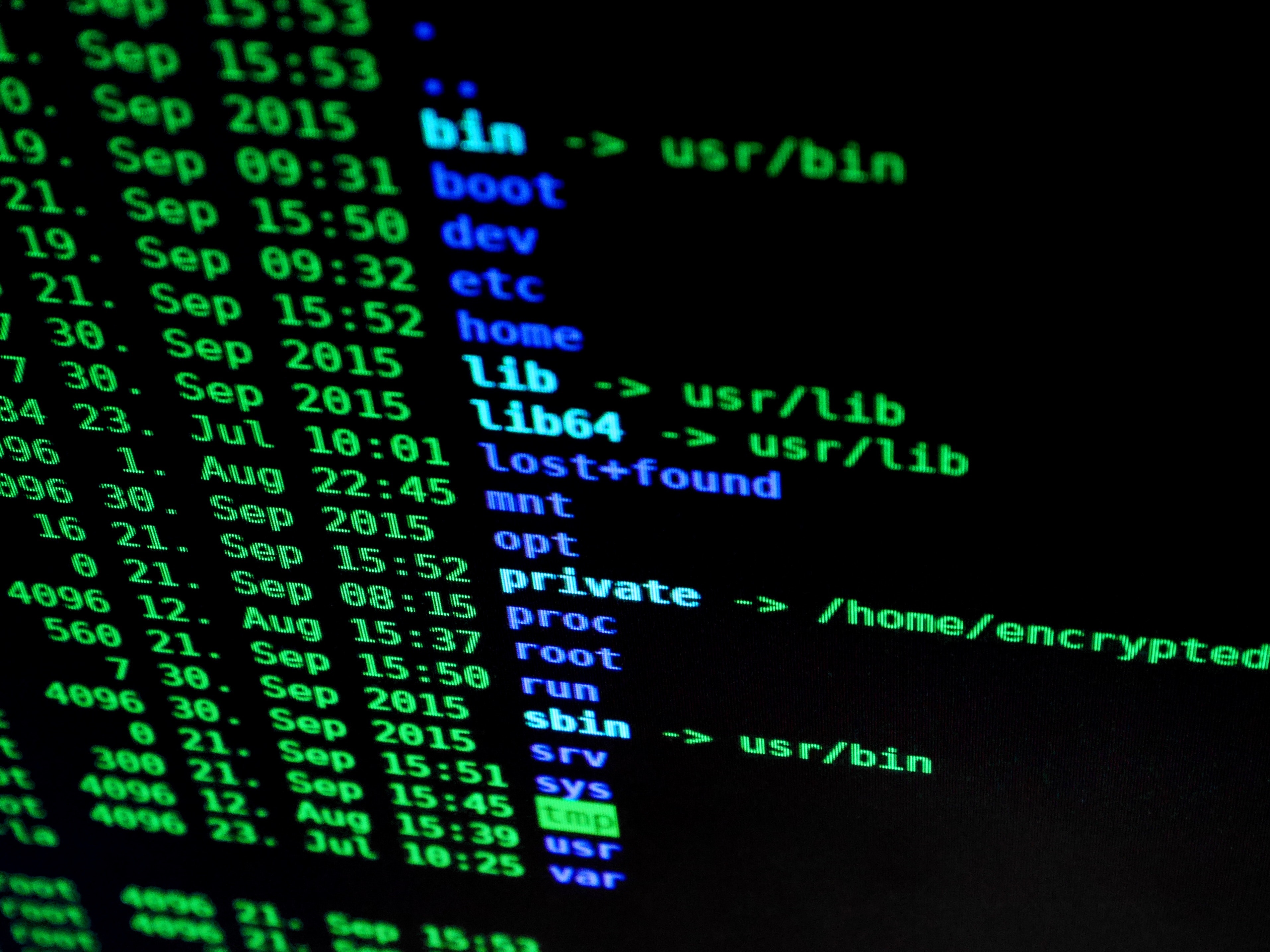

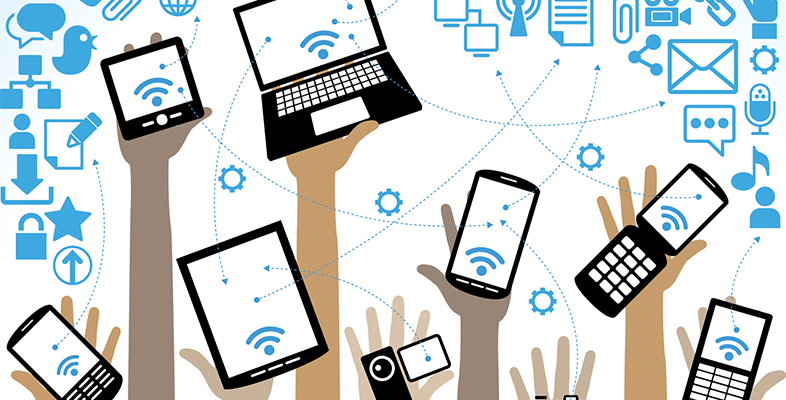
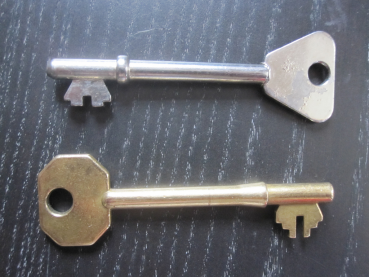

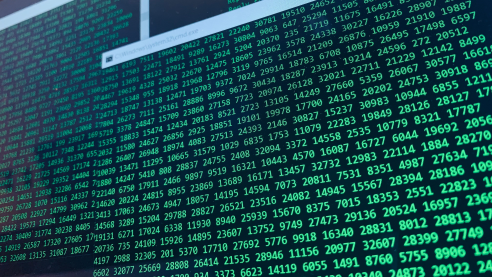
Rate and Review
Rate this article
Review this article
Log into OpenLearn to leave reviews and join in the conversation.
Article reviews